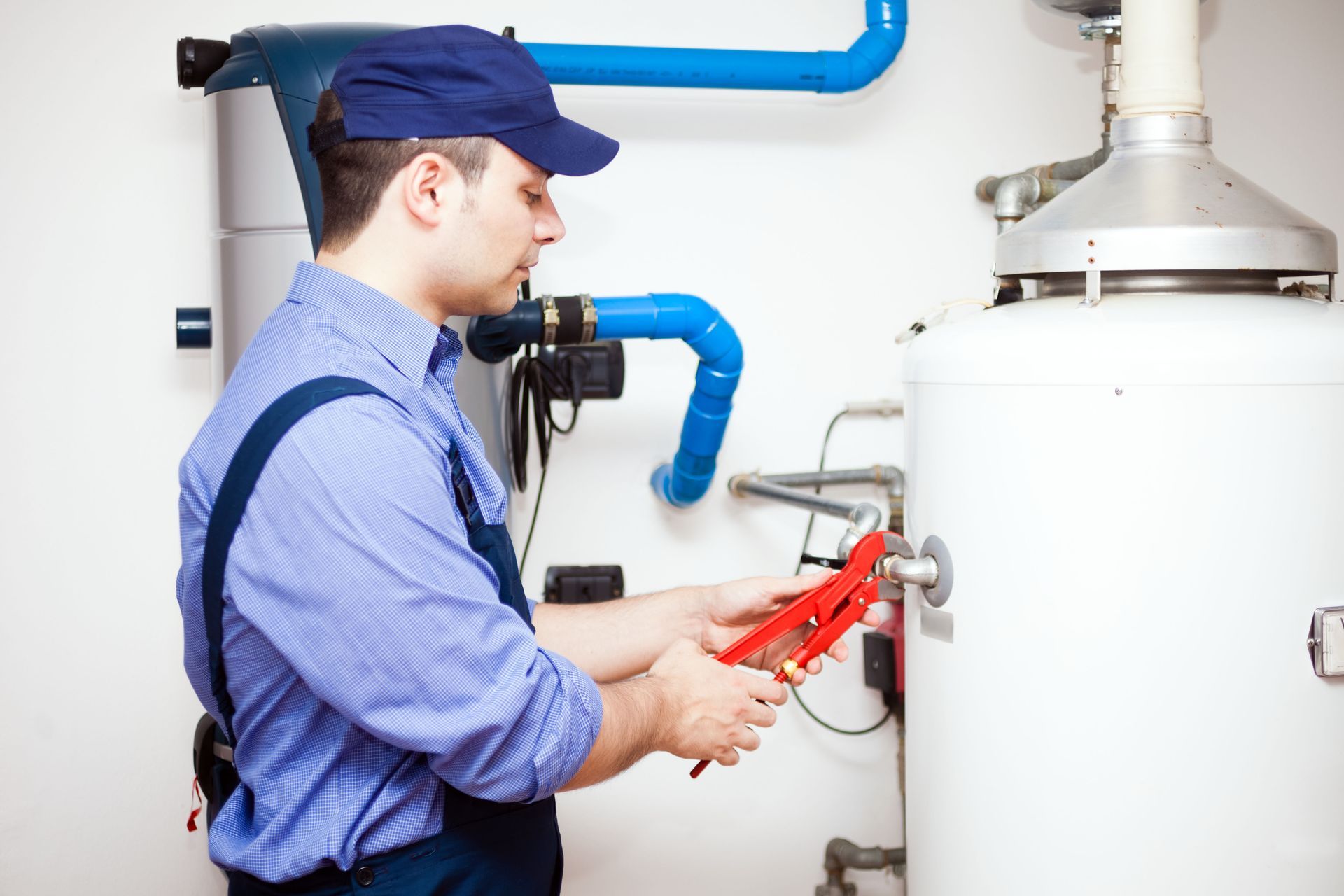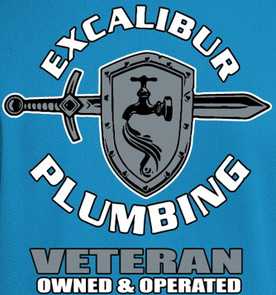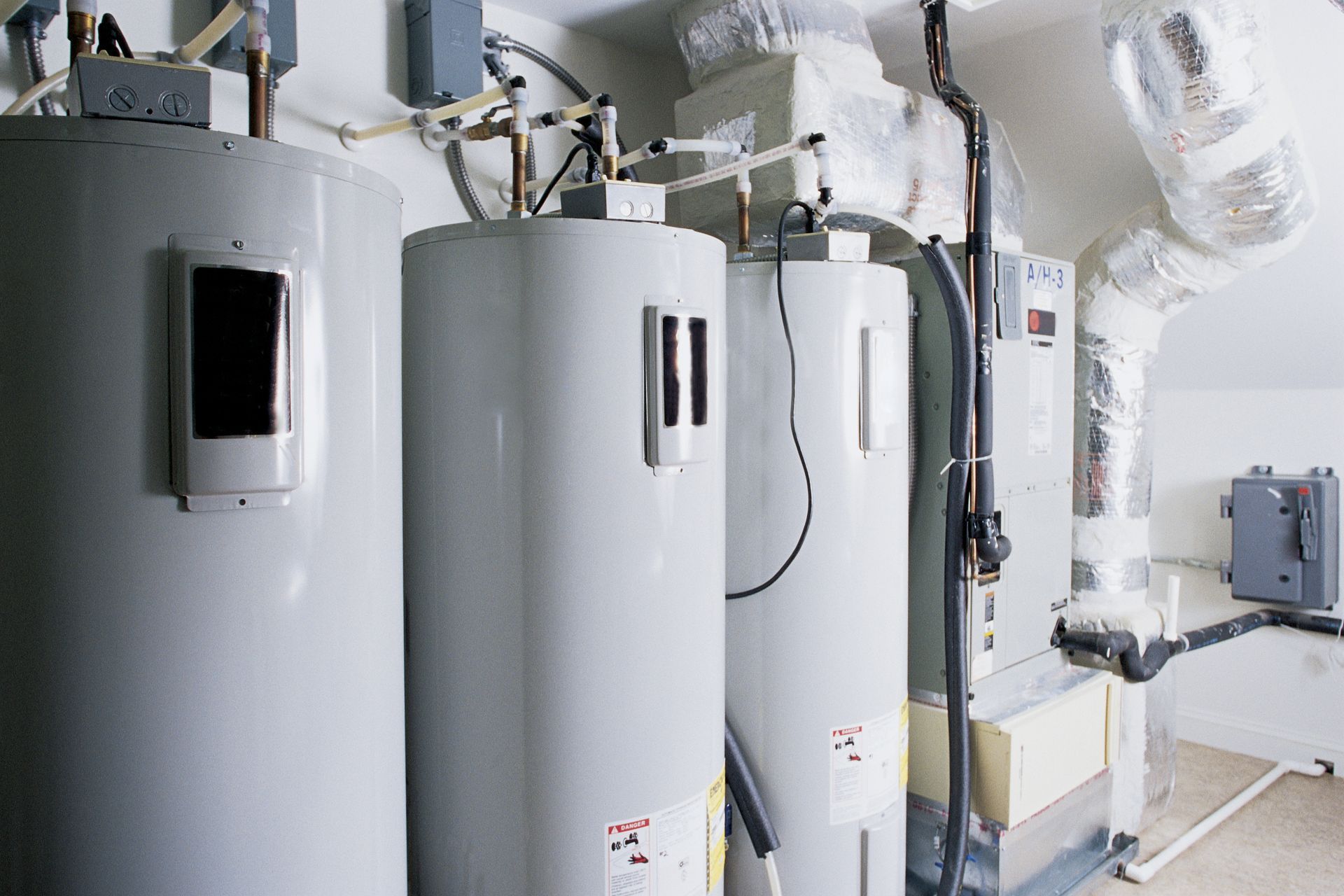September 5, 2025
Homeowners often overlook the condition of their plumbing system until serious issues arise. House repiping can be a significant investment, but it's necessary if you notice certain signs indicating that your plumbing is no longer efficient or safe. This article explores key indicators that suggest it's time to consider repiping your home. By understanding these warning signs, homeowners can take early action to prevent costly repairs and preserve the integrity of their property. Staying informed about your home's plumbing system is crucial for ensuring a safe and functional living environment.
1. Persistent Low Water Pressure
Identifying Pressure Changes
Identifying pressure changes in your plumbing system involves monitoring the flow of water in your faucets and showers. Consistently low water pressure can disrupt daily activities, making it difficult to perform simple tasks such as washing dishes or taking a shower. This issue not only affects convenience but also signals potential underlying problems that may require repiping. Homeowners should be vigilant about sudden or gradual changes in water pressure and seek to understand their causes. Temporary fixes may alleviate the issue momentarily, but persistent low pressure often indicates a deeper problem.
Causes of Low Water Pressure
Several factors can contribute to low water pressure, including clogged pipes, leaks, or corroded lines. These issues may stem from mineral buildup, which restricts water flow and impacts the efficiency of your plumbing system. Additionally, the deterioration of old pipes, particularly those made from materials such as galvanized steel, can significantly reduce water pressure over time. Addressing these causes is essential to restoring optimal water flow and preventing further damage to your plumbing infrastructure. Identifying the root cause of low water pressure can guide homeowners toward appropriate solutions, be it maintenance, repair, or house repiping.
Impact on Daily Activities
Low water pressure can significantly affect everyday household activities. Tasks that require a steady flow of water, such as cooking, cleaning, or bathing, become cumbersome and time-consuming with insufficient pressure. This inconvenience can hinder lifestyle quality and may also signal underlying issues that could lead to more extensive damage if left unresolved. By addressing low water pressure in a timely manner, homeowners can maintain a functional home environment and avoid disruptions to daily routines. Recognizing and resolving this issue underscores the importance of a well-maintained plumbing system for overall household efficiency.
2. Discolored Water
Causes of Rusty Water
Discolored water, often appearing rusty or yellowish, is usually an indication of pipe corrosion. This occurs when old pipes, especially those made from galvanized iron, begin to rust, releasing particles into the water supply. The contamination affects water quality and can lead to further corrosion if not addressed. Besides aesthetic concerns, rusty water may signal that your pipes are nearing the end of their lifespan. Repiping with newer materials like copper or PEX can prevent further rust development and restore clean water flow.
Health Implications
Discolored water not only raises aesthetic concerns but also poses health risks. Rusty water can promote the growth of bacteria, making it unsafe for drinking or cooking without proper filtration. Long-term exposure to contaminated water may lead to a variety of health issues, including gastrointestinal problems and skin irritation. Ensuring a clean and safe water supply necessitates addressing the root cause of discoloration, often requiring an upgrade in plumbing. Homeowners should prioritize their family's health and safety by resolving issues with water quality promptly and effectively.
Testing Water Quality
Regularly testing your home's water quality is essential for identifying contamination and assessing overall plumbing health. Water testing can detect harmful substances like lead, bacteria, and high mineral content, indicating pipe deterioration. Homeowners can hire professionals to perform comprehensive tests that provide insights into water safety and cleanliness. Understanding test results helps inform decision-making regarding necessary repairs or pipe replacement. Proactively addressing water quality issues can prevent health risks and enhance the reliability of your plumbing system.
3. Frequent Pipe Leaks
Identifying Leak Patterns
Identifying leak patterns is a vital step in diagnosing plumbing issues and determining the need for house repiping. Common indicators of leaks include increased water bills, water damage on walls or ceilings, and a persistent sound of running water. According to Zipdo, 10% of U.S. homes have leaks, wasting at least 90 gallons per day, emphasizing the importance of attentive monitoring. Recognizing consistent leak patterns can reveal weakened pipe sections susceptible to failure if not promptly addressed. Taking note of these patterns aids in making informed decisions about necessary repairs or upgrades, potentially saving significant costs in water loss and damage.
Inspection Techniques
Effective inspection techniques are crucial for identifying leaks and assessing the overall health of your plumbing system. Techniques include visual inspections, using moisture meters, and conducting pressure tests to detect hidden leaks. Professional plumbers also employ advanced tools like thermal imaging to accurately identify leak sources and assess pipe conditions. Regular inspections help catch issues early, reducing the risk of severe damage and costly repairs in the future. Engaging with thorough inspection techniques empowers homeowners to maintain an efficient and leak-free plumbing network.
Costs Involved in Repairs
Assessing the costs involved in repairing leaks versus repiping is a critical consideration for homeowners. While minor repairs may seem more economical initially, repeated issues can escalate overall costs due to ongoing water damage and increased utility bills. Repiping, though a larger upfront investment, often proves more cost-effective in the long run by eliminating chronic issues and improving system efficiency. Understanding the financial implications of each option helps in making informed decisions about the most sustainable choice for your home's plumbing needs. Investing in a comprehensive solution like repiping can preserve the value and safety of your property while mitigating long-term risks.
4. Age of Your Plumbing System
Lifespan of Different Pipe Materials
The lifespan of plumbing pipes varies based on the material used, impacting when repiping may be necessary. In our experience, copper pipes generally last 50 years or more, while PVC lasts around 25-40 years, but galvanized steel pipes are variable because of rust and corrosion, and may only last 20-50 years before deterioration. Understanding the expected lifespan of your pipes can inform decisions about maintenance, inspections, and potential repiping.
Signs of Aging Pipes
Old pipes often exhibit specific signs, such as frequent leaks, low pressure, discolored water, or recurring clogs. These indicators suggest that the integrity of the plumbing system is compromised, increasing the risk of major failures or water damage. Recognizing these signs early is vital for proactive intervention, preventing costly repairs and potential property damage.
Asking Professionals
Regular assessments of plumbing conditions and functionality support the timely identification of aging pipes that need replacement. Addressing the challenges posed by aging pipes is crucial for maintaining a reliable and efficient plumbing network, reducing future risks, and ensuring household safety.
Timing for House Repiping
Assess Your Plumbing System
Determining the optimal timing for house repiping involves assessing the current state of your plumbing system and weighing potential risks against replacement costs. Look for glaring signs. Issues like consistent leaks, significant pressure drops, or discolored water indicate that repiping may be imminent.
Plan Ahead to Avoid Emergencies
Taking action at the first signs of plumbing issues can save you from costly damage and ensure a safe, efficient home. Still, strategic planning helps prevent sudden failures and allows time to budget for the investment. If things aren't urgent, it's best to take some time and plan things out.
Consult Professional Plumbers
Engaging with professional plumbers offers expert insights and guidance on when repiping is necessary based on the system's condition and age. If you’ve noticed any of these warning signs, it may be time to consider house repiping.
At Excalibur Plumbing Pearland, our expert team provides reliable repiping services tailored to your home’s needs. Don’t wait for minor issues to become major problems—learn more about our repiping solutions today and schedule a consultation with our professionals.





